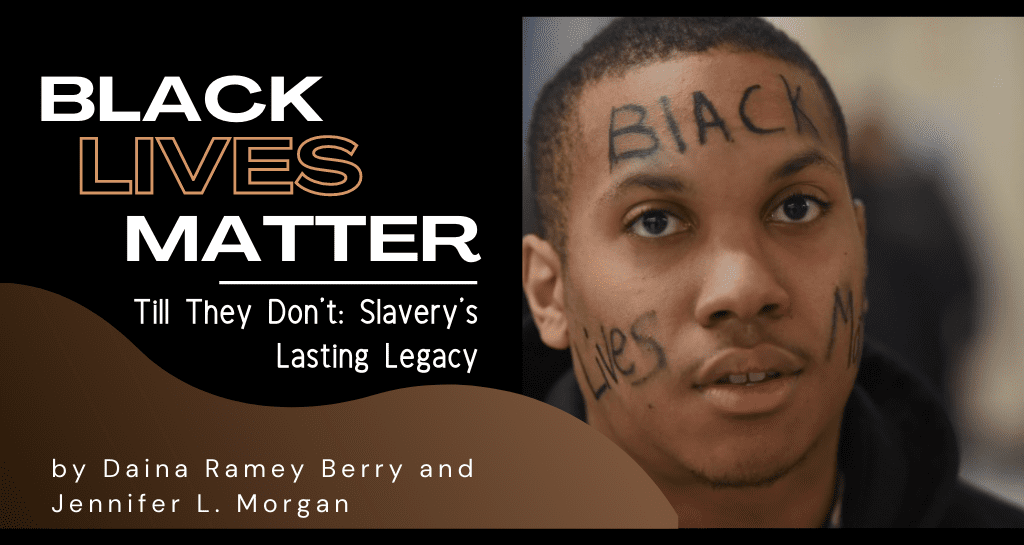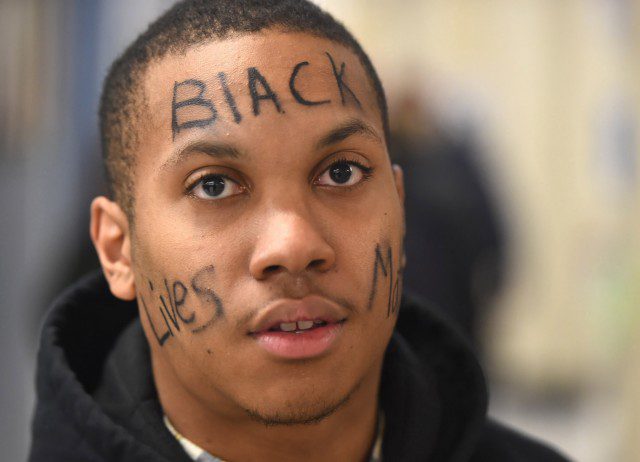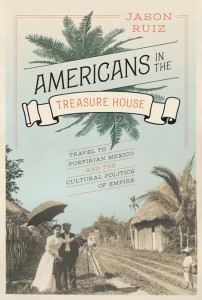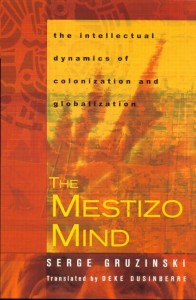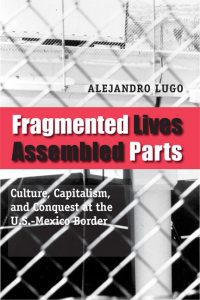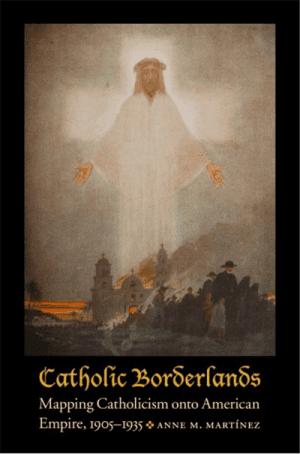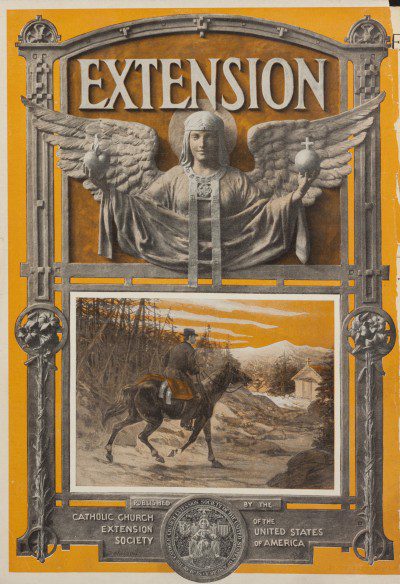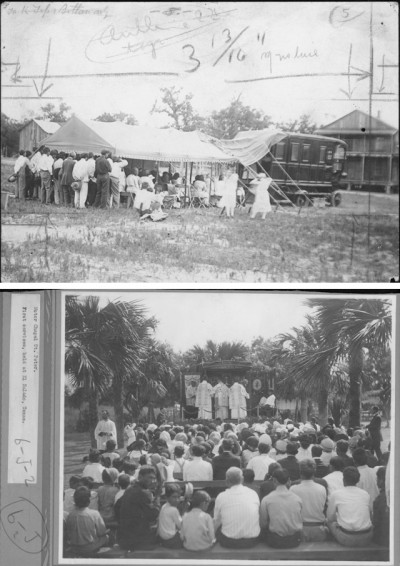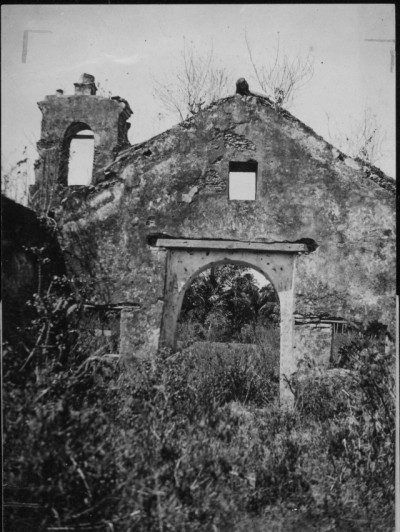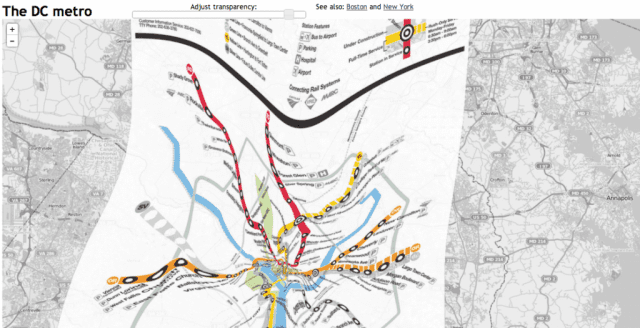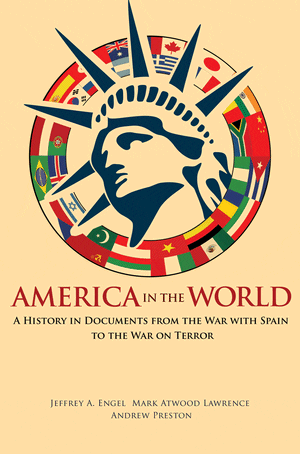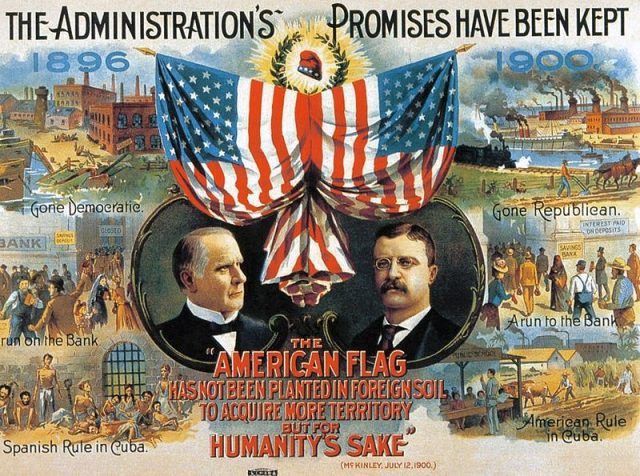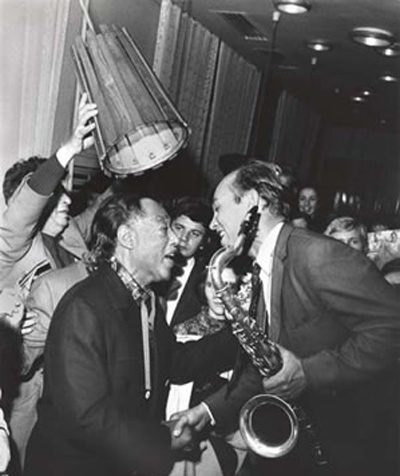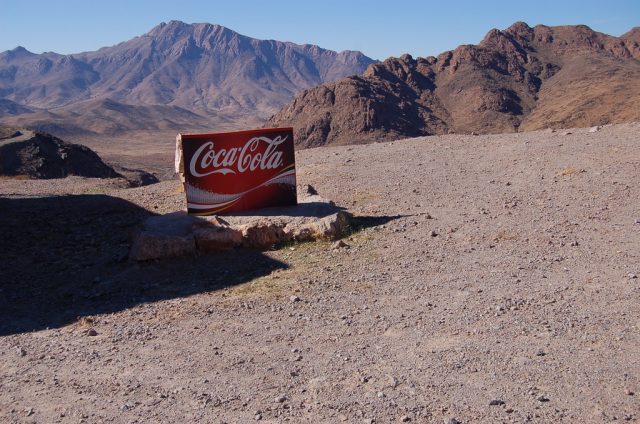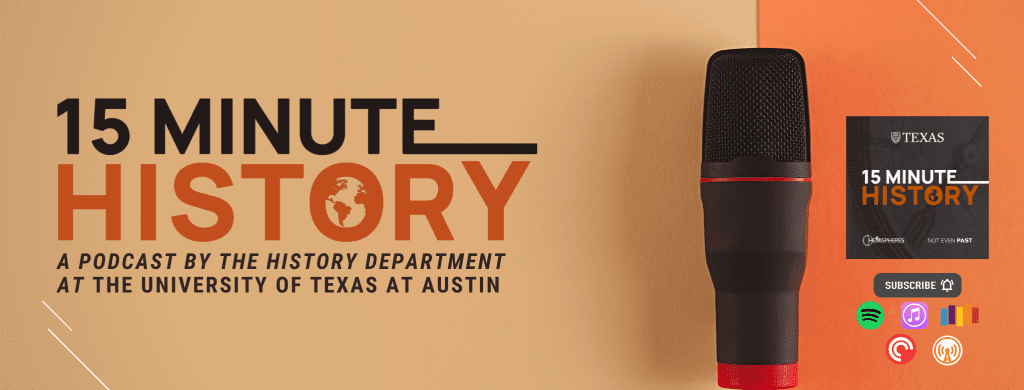
What role did Texas play in the American revolution? What–Texas? It wasn’t even a state yet! And yet, Spain and its empire–including what is now the Lone Star State, did play a role in defeating the British Empire in North America. New archival work is lending light on the ways that Spain, smarting from its loss of the Floridas to Britain in the Seven Years War, backed the American colonists’ push for independence. Ben Wright of UT’s Briscoe Center for American History has been working with the Bexar archives and documents how Spain’s–and Texas’s–efforts to divert sources of food and funding to the American troops helped to tip the balance of power in North American forever.
